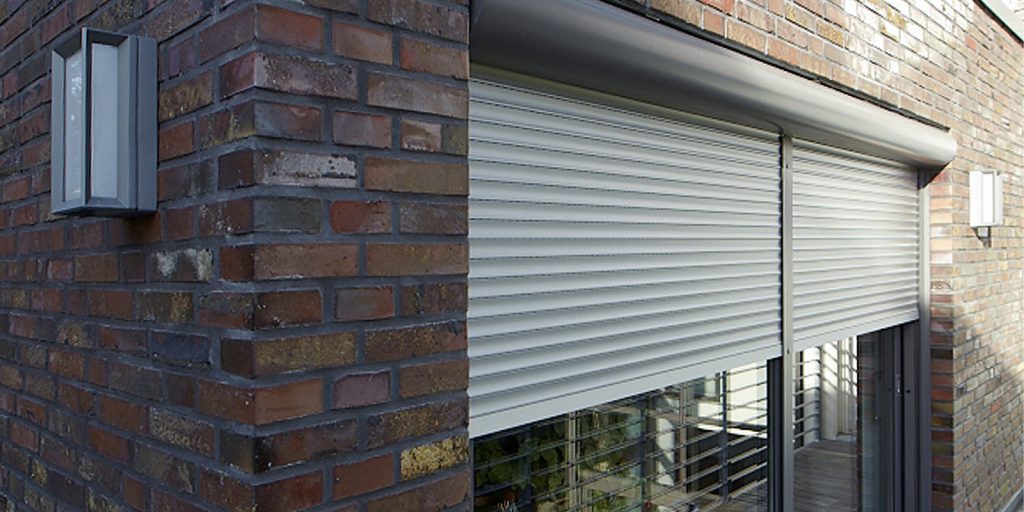Ola Nordmann
Customer Support
Lorem ipsum..
By Stephanie Parker
In-Home Security Expert
Most insurers will expect a minimum level of security before agreeing to insure a property. The level of security will usually be listed within your policy and can cover anything from the type of locks you use, to the bolts fitted on your door. If your home is found not to be secure enough then your insurer will usually suggest a product with a recognized Insurance Accreditation. The main ones being Secured by Design or the Loss Prevention Certification Board (LPCB).
Our range of home and retail security shutters include over 10 Secured by Design and LPCB models. All of which can remain cost effective whilst providing the required level of security. A good example is the S76 Elite security shutter which is well suited to warehouses and large industrial units with higher security requirements. Helping to mitigate concerns about meeting the standards demanded by your policy.
WHAT TO CONSIDER?
With an ever expanding list of issues to consider, it is crucial that key areas remain protected. That means new windows and doors should have the relevant security standard (BS or PAS 3621). And not forgetting the much more common issue of an open window or door. We’ve all been there!
Apart from this, it’s good to review your security as a whole and be aware of the British (BN) and European standards (EN). A little bit of background knowledge could go a long way should you ever need to submit a claim. For an Insurance Approved Model, you will also be given a proof of security rating showing that it has been tested against the relevant standards.
WHICH AREAS NEED PROTECTING?
The roller shutter you choose really needs to provide an appropriate level of protection. Before choosing an insurance approved solution, you should really consider:
- The type of door/window (if applicable)*
- Impact on emergency escape routes
- Current security devices that are in place
- Property requirements (Especially if NHBC or SBD)
You can then invest accordingly and pick a model which doesn’t compromise your property. The insurers requirements are met in case of a claim and you can sleep better knowing key areas are secure.
THE KEY POINTS
So the answer to whether you need an insurance approved model really lies with the current state of your security. Consider which areas require the most protection and then ask yourself ‘Is my door secure enough?’ or ‘Is my window easy to access?’. If security proves to be an issue, you may need a product with the recognized insurance certification.
Lastly, make sure any security systems you do have are of good quality and are fitted correctly. Anything fitted incorrectly could be compromising your security.














